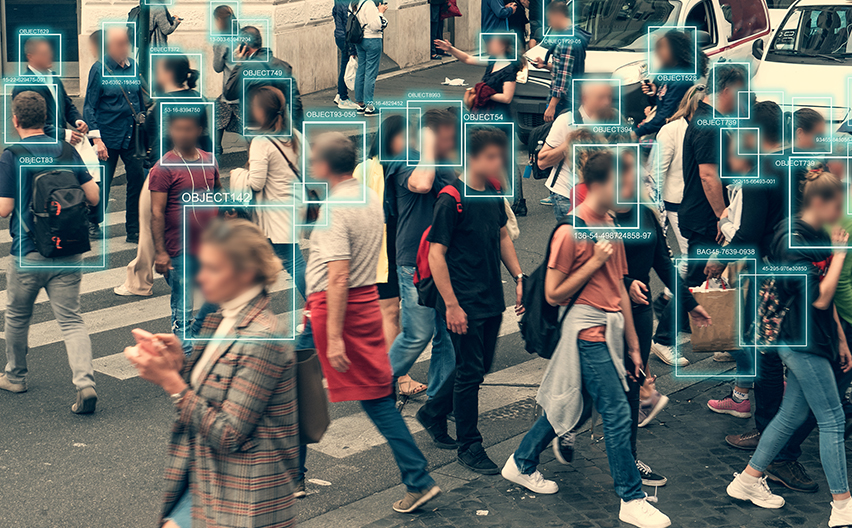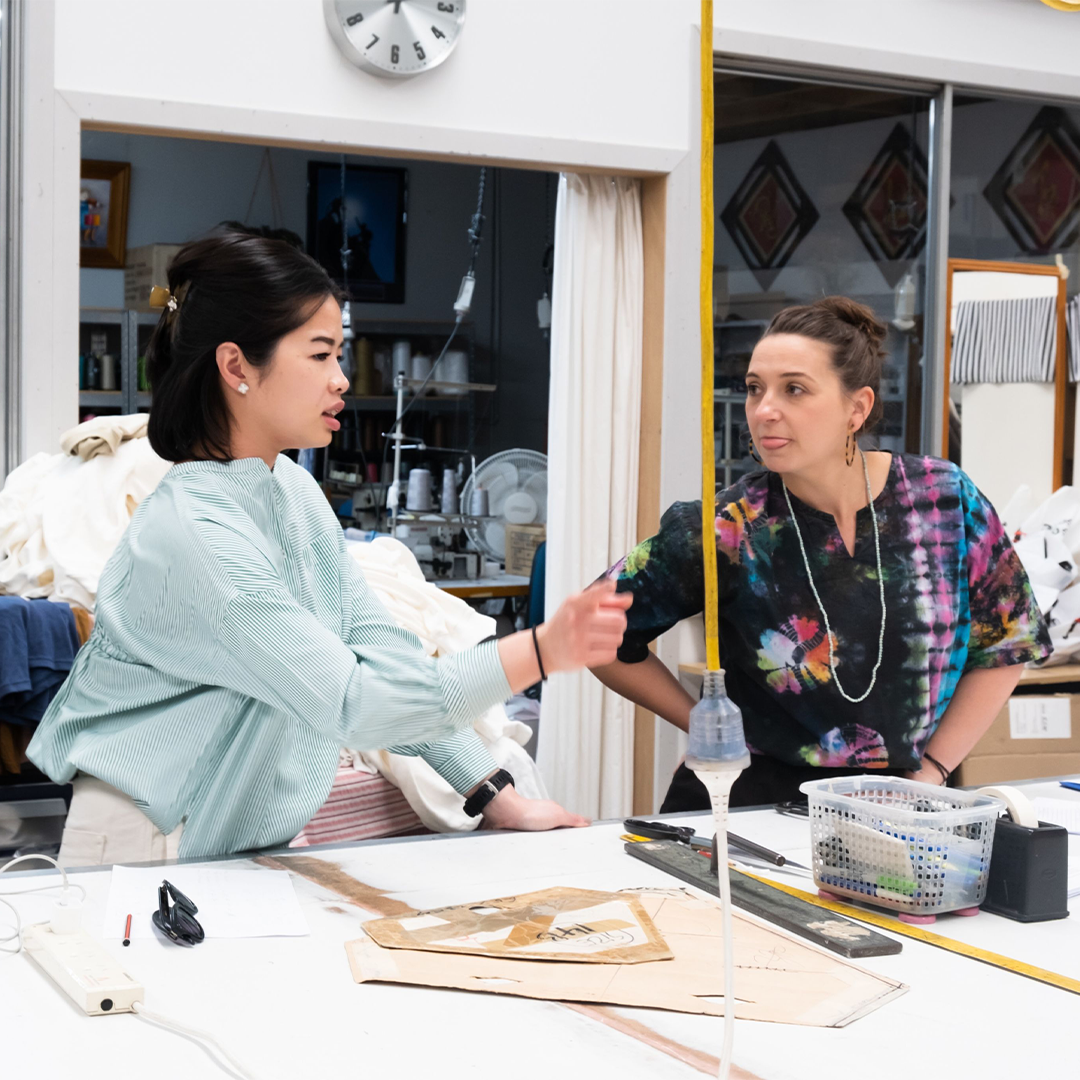


An autonomous vehicle swerves to avoid a crash likely to cause harm to the passengers, but instead hits a pedestrian on the sidewalk.
A social media platform develops an algorithm to detect inflammatory language, yet the platform continues to help organise violence.
Facial recognition software replicates common race-based biases in policing.
Devices with screens are designed to increase engagement in ways that strike many as akin to addiction.
People are hurt in each of these cases, but by whom? Or what? Are the algorithms responsible?
Moral questions have haunted innovation since at least Prometheus. But whereas responsibility for bringing fire (and travails) to humankind can be traced directly back to one individual, today’s technologies bear the fingerprints of myriad contributions. The mind-numbing numbers of people involved in the development, dissemination, and use of today’s technologies makes diffusing responsibility nearly irresistible. But there is also no greater moral risk in the modern world than diffused responsibility.
In the context of technology, diffusion typically refers to the speed at which a given technology suffuses throughout society. Information technology is particularly reliant on network effects of diffusion; as the number of users increases, so too does the value of a given platform. Armies of executives, developers, and behavioral scientists have dedicated national GDPs worth of resources to developing the algorithms that draw users in and keep them engaged for as long as possible. But who is responsible if these algorithms exploit cognitive or behavioral weaknesses? Who’s responsible if a technology is biased in ways that adversely affect minority groups? Who’s responsible if an autonomous vehicle makes a nano-second decision to hit a pedestrian in order to save the passenger? As technology is diffused, so too is responsibility.
We work together in organisations because we can do more in concert than we can as individuals. However, collective endeavors universally generate their own distinctive ethical challenges. When things go right, there are questions of who gets how much of the jointly created value. When things go wrong, assigning individual responsibility is even thornier. Beyond the sorts of fairness concerns in holding people accountable for what they did, things in organisations often go awry because something important wasn’t done. There are dangers in the interstices of team projects including the unintended interactions of previously distinct elements and, vitally, a failure to recognise something as a problem in the first place. Nowhere is this failure more pronounced than in new technologies.
Beyond holding other individual actors responsible, it is all too common to hear blame cast on the inanimate. Most of us have, at one time or another, felt the frustration of a ‘company policy’ with no soul to be damned and no body to be kicked. More recently we have added ‘algorithms’ to this list. But company policy, algorithms, and the other inanimate repositories of blame are artificial – they were created by humans and responsibility falls, ultimately, on their Frankensteinian shoulders.
Novel and advanced technologies have always generated moral anxiety and unanticipated consequences. In the past however, these anxieties were more isolated and the consequences were more contained. The specter of nuclear disaster plagued generations, but other than quickly and efficiently crawling under a desk, responsibility for the diffusion and effects of nuclear technologies were confined to a relatively small number of experts and political leaders. Responsibility for the technologies we are considering is particularly slippery due to their ubiquity.
It is hard enough to assign responsibility when the development team has hundreds or thousands of people working on specialised components. Add billions of users – and the remarkable human capacity to find new ways to (mis)use and abuse one another – and the list of blame-worthy others generates a most wicked problem indeed.
Commonly implicit in how many people think about responsibility is a sense of exculpation. That is, when someone responsible is found, everyone else is off the hook. But this is not how responsibility works. Responsibility is not a zero-sum game. Responsibility is infinitely divisible and there is more than enough to go around.
Technology itself cannot bear responsibility any more than the literal scapegoats of old. PEOPLE develop technology, PEOPLE buy, sell, use, and profit from technology, and only PEOPLE can be responsible.
Society’s capacity for avoiding, addressing, and ameliorating technology’s harms will rely on avoiding the easy temptation to diffuse responsibility onto others – or even onto the tech itself. As the diffusion of technology continues to reshape society, the diffusion of responsibility looms and menaces. Our willingness to share responsibility will determine whether technologies will be bound or unbound and how we understand modernity.
Professor Robert Phillips is one of the visiting professors currently in Australia for the Gourlay Ethics in Business week. Browse the free public events.
Related News

A message from Professor Ken Hinchcliff

Quality over quantity: the environmental impact of our clothes

From little things: Trinity community members share their successful business strategies

Meet FS teacher Kristin Vestermark

What's it like for an international student in Melbourne?

Meet our TCAC student committee for 2025

Nakata Brophy winner announced

Nakata Brophy shortlist announced

The fascinating story behind our latest exhibition: Tais, culture & resilience

Residential College student Ravin Desai shares his passion for politics and journey at Trinity

Nakata Brophy 'longlist' announced

Meet Mariana Waqa, the accidental theological scholar

Meet Agatha Chelsea – Indonesian superstar and Trinity College graduate

Learn about the Wellbeing and Inclusivity Committee at Trinity

Meet Michael Dharmawan, a Trinity Foundation Studies dux in 2024

From Albury to Melbourne: Rosie Bradford's story

Foundation Studies alum Rachel Hongxun Zhou

From Foundation Studies to the Residential College to Oxford: Xinran’s story

Meet visiting professors Emeritus Dr Dagmar and Dr Jürgen Eichberger

From the surf coast to Melbourne

1974 vs 2024 for a woman at Trinity: what’s changed and what’s stayed the same?

Meet past FS student Yuxuan Li

King's Birthday Honours 2024

Meet Trinity's aspiring art curator Seb Moore

Meet Paul Oslington, Trinity alum and Director of the St James’ Institute, Sydney

Meet Nakata Brophy prize winner Jasmin McGaughey

Meet Foundation Studies student Gabriella Sim

Anzac Day 2024 – Trinity stories

Meet Foundation Studies student Hanadi Alabdouli

Meet Foundation Studies student Miguel Valmayor

Guest preacher Chris Mulherin on the intersection of science and religion

Meet visiting professor the Hon Justice Joe Williams
.jpg?width=300&height=300&ext=.jpg)
Visit David Frazer's new exhibition: All that you've loved

Pioneering women and the story of Janet Clarke Hall
.jpg?width=300&height=300&ext=.jpg)
Meet Gemma and Frederik Le Mesurier

A love story for Valentine’s Day: Matt Hargreaves and Kirsten Callander

Announcing our 2024 Alum of the Year

Meet economics teacher Tharushi Nissanka

Meet maths teacher Hao Weng

Charmaine Yee named our 2023 FS Alum of the Year

Meet English lecturer Jake Breaux

Meet English teacher Catherine Roberts

The work of visiting professor Justice Janak De Silva

Moving to Trinity from overseas: Katie's story

Meet visiting professor Ron Paterson

Meet Admissions Coordinator Wendy Ngaturi

Meet Academic Programs Manager Michael Pickering

Kate Beggs’s journey from the Great Ocean Road to the heart of Melbourne city

Pursuing a creative passion: from Trinity to Edinburgh to New York

Meet former Foundation Studies student Valerie To
Celebrating IDAHOBIT
Keep the doors open for the future
Trinity Choir tour Europe showcasing international talent
Communicating a new science story
Trinity's Kitchen team: A well-oiled machine
Precious Rametsana: Improving lives through financial empowerment
Former Trinity Warden appointed Head of St Paul’s College, the University of Sydney
Star Trinity athletes awarded Full Blues
Kay Attali – The ‘bloodhound’ with a big heart
Networking your way to a new path and passion
Catching up with Charmaine Yee
Catching Up with Dr Maureen Vincent
Alumnus Of The Year Award Announced
-
News & Stories
- Our Theological School Student President's mission to champion a spiritual and welcoming environment
- Jack reaps the rewards after taking a leap of faith on Trinity College
- Trinity alum named in King's Birthday Honours 2025
- Trinity Deputy & Academic Dean appointed Fellow at Center of Theological Inquiry
- Meet Trinity's aspiring art curator Seb Moore
- Trinity College offers its congratulations to newly elected Archbishop of Melbourne, the Right Reve
- Events
- Art
- Music & Choir
- Campus Development Projects
- Visiting Scholars & Lectureships
- Accommodation for Visitors
- Short Programs
- Work at Trinity
